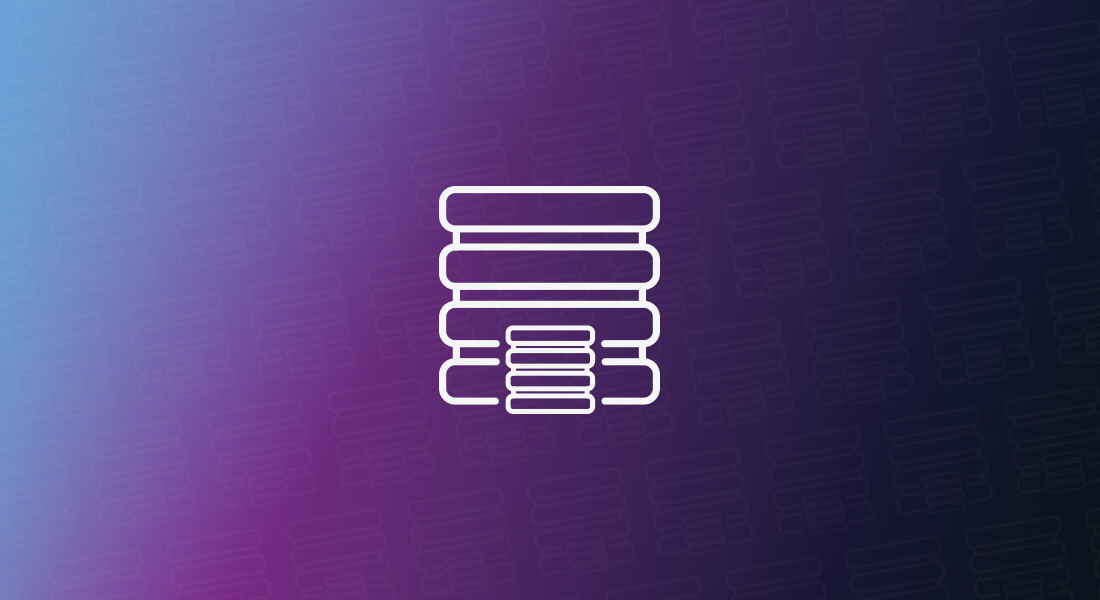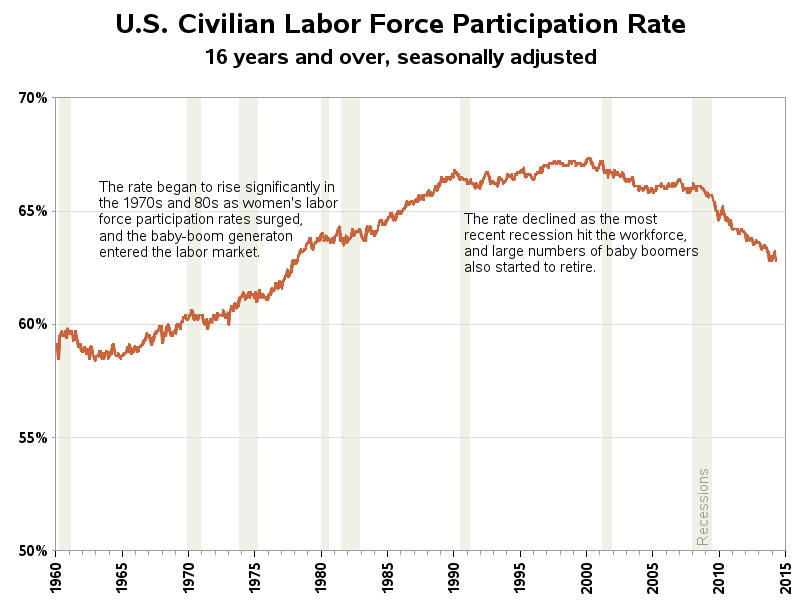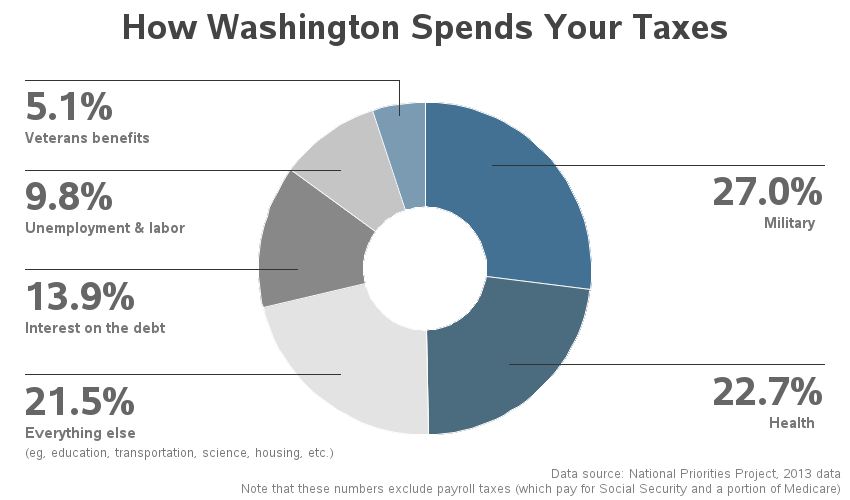
There are times when I harken back to the classic television show M.A.S.H. For those of you too young to remember, the story centered around a mobile Army surgical hospital in the midst of the conflict in the Korean peninsula. While they weren't the first people to see the patient, the unit






















